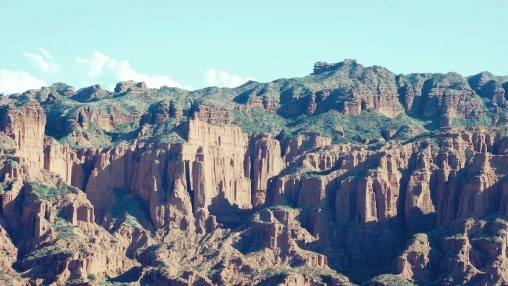The national protected areas system of Argentina, managed by the National Park Administration (APN), is the oldest in South America. It covers 3.5 million hectares including mountains, forests, glaciers and coastal areas.
There are 36 national parks and in the last 7 years the coverage increased by 24%. In 2010, the argentine sea was included. According to the World Bank forestry specialist Robert Davis, “improving the services with new infrastructure can have a positive economic impact not only for the Government but also for communities”.
The World Bank is implementing the Sustainable Natural Resources Management Project, that aims to strengthen management capacity of eleven priority protected areas.“Many of the parks that lacked the needed infrastructure are being financed by this project, which also supports sustainable development initiatives at community level”, says Raúl Espiño, coordinator of the APN’s area of external financed projects.
Up to now, the works have begun in six of the parks included in the project: Sierra de las Quijadas (San Luis province), Los Cardones and Baritú (Salta province), Campo de los Alisos (Tucumán province), Talampaya (La Rioja province) and Calilegua (Jujuy province).

